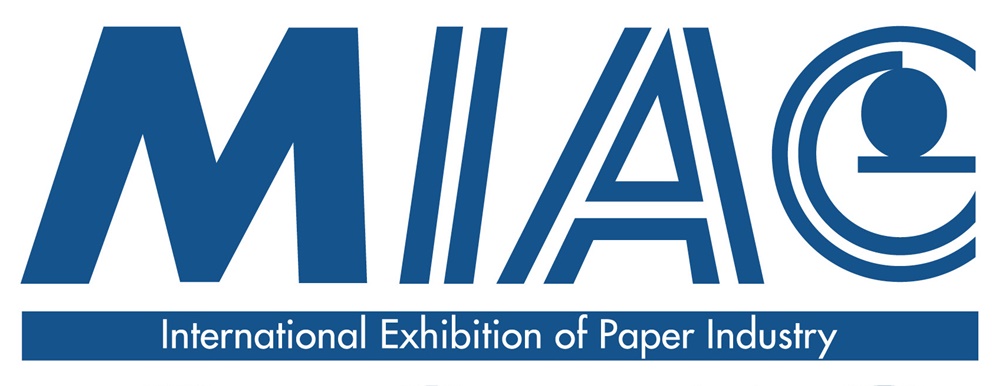NEWS
Stora Enso sets ambitious goal of 100% regenerative solutions by 2050
Stora Enso’s ambition is to offer 100% regenerative products and solutions by 2050. By adopting a regenerative stance, Stora Enso is shifting its sustainability goals from minimising negative environmental impact to becoming a net positive1 contributor within the defined focus areas of climate, circularity and biodiversity by 2050.
Being regenerative means providing renewable and fully circular products and solutions that help reduce climate impact and support biodiversity restoration.
“As a renewable materials company, our core business is about offering solutions to sustainability challenges. To balance staying within planetary boundaries and securing economic and social progress, the world needs a transformation away from fossil dependency and a linear economy. With this commitment Stora Enso aims to be a leading actor in driving the transformation towards a biobased circular economy. We will be transparent with our progress, taking a science-based approach, to offer regenerative solutions that not only mitigate environmental impact, but restore and rebuild,” says Annica Bresky, Stora Enso’s President and CEO.
New sustainability targets
Stora Enso is also committing to new 2030 targets for its key sustainability priorities: climate change, biodiversity and circularity.
With its updated science-based targets, Stora Enso commits to reducing absolute scope 1 and 22 greenhouse gas (GHG) emissions from operations by 50% by 2030 from the 2019 base-year, aligned with the 1.5-degree scenario. Stora Enso also commits to an ambitious target to reduce scope 32 GHG emissions by 50% by 2030 from the 2019 base-year. The science-based targets have been approved by the Science Based Targets initiative, a partnership between CDP, the United Nations Global Compact (UNGC), the World Resources Institute (WRI) and the World Wide Fund for Nature (WWF).
As part of its new ambition, Stora Enso commits to achieving a net-positive impact on biodiversity in its own forests and plantations by 2050 through active biodiversity management. A set of actions towards 2030 has been developed and initiated to improve biodiversity on species, habitat and landscape levels.
“Stora Enso uses its own forest in Sweden as a development platform for enhancing biodiversity. We will, for example, increase the share of broad-leaved trees and the amount of dead wood. Continuous cover forestry will be tested to evaluate its impact on biodiversity and forest growth in areas suitable for this method. Furthermore, Stora Enso will unify and expand performance evaluations that assess the quality of our work in Finland, Sweden, Russia and the Baltics in order to enhance biodiversity,” says Jari Suominen, Executive Vice President, Forest Division at Stora Enso.
“Our work will be supported by a science-based monitoring programme and more than 15 indicators tracking progress on the species, habitat and landscape levels. During 2022 Stora Enso will start to share data on its progress through a new online reporting tool and support forest owners with enhanced biodiversity services. As a global renewable materials company, Stora Enso also aims to improve biodiversity globally, even beyond the forest sector, through knowledge sharing and active participation in formulating new policies and standards.”
Stora Enso’s circular economy target outlines the commitment to transparent and circular material flows that help minimise waste and combat climate change. The interim targets for this include achieving 100% recyclable products by 2030. Flagship projects focused on infrastructure will help drive recycling at scale. This involves engagement along our value chain and new circular business models.
1) Net Positive refers to a way of doing business where our products are being recycled, where we remove more CO2 from the atmosphere than we emit and enhance biodiversity.
2) Scope 1: Direct fossil CO2e emissions from production. Scope 2: Indirect fossil CO2e emissions related to purchased electricity and heat. Scope 3: Emissions from other sources along our value chain.








